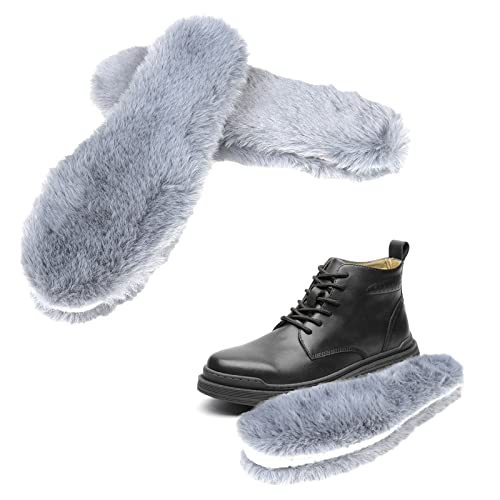sophonax
Member
- Joined
- Jun 21, 2021
- Messages
- 13
- Reaction score
- 6
This is my third time writing out and trying to formulate this question  . I breed Californian and New Zealand rabbits for meat and I try to use every part of my rabbits, including the fur. Recently I have absolutely fallen in love with the Rex fur and acquired 2 rex bucks to add to my herd. I plan to breed Rex into both my New Zealands and my Californian rabbits, here's where I'm getting confused!
. I breed Californian and New Zealand rabbits for meat and I try to use every part of my rabbits, including the fur. Recently I have absolutely fallen in love with the Rex fur and acquired 2 rex bucks to add to my herd. I plan to breed Rex into both my New Zealands and my Californian rabbits, here's where I'm getting confused!
Another rabbit breeder told me that a mixed breed rabbit can be bred back to a purebreed in about 3 generations or so and I'm not quite sure how that works. I think he means that I would keep line breeding back to the same Rex buck until an exceptional younger Buck is born and then use him to carry on? I'm just not positive how it's supposed to work and wondered if someone could shed some light. Not that it really matters to me if they are straight rex, straight Californian, or a cross breed - meat is meat, I just wondered how that process of breeding back to pure works.
Another rabbit breeder told me that a mixed breed rabbit can be bred back to a purebreed in about 3 generations or so and I'm not quite sure how that works. I think he means that I would keep line breeding back to the same Rex buck until an exceptional younger Buck is born and then use him to carry on? I'm just not positive how it's supposed to work and wondered if someone could shed some light. Not that it really matters to me if they are straight rex, straight Californian, or a cross breed - meat is meat, I just wondered how that process of breeding back to pure works.
Last edited:





















































